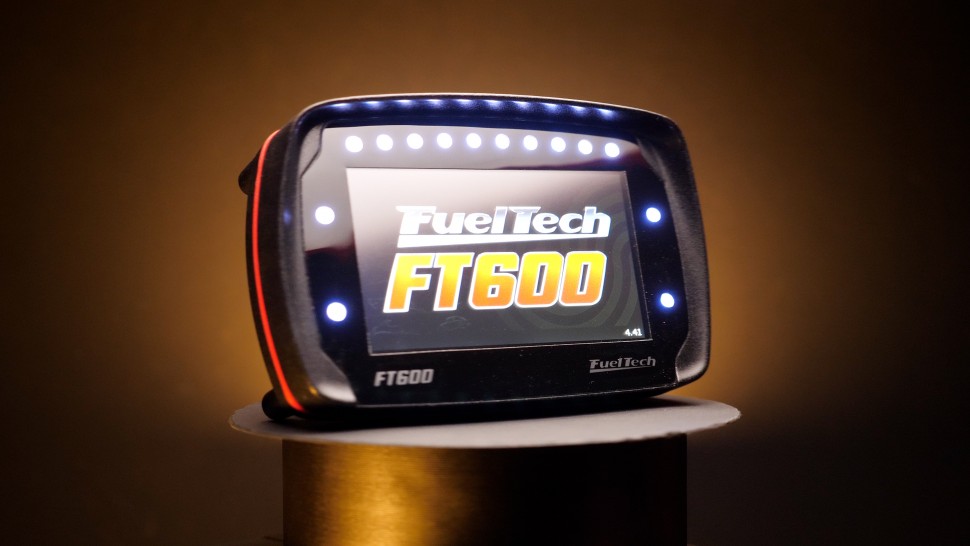| 00:00 |
Now that our printer is set up and good to go and the toolpath has been generated, we're ready to start printing the part.
|
| 00:06 |
If we've done everything right up to this point, the beauty of additive manufacturing means that we'll have very little work to do here.
|
| 00:14 |
Let's start by covering how to initiate the printing process, looking at examples from two different printers, our BambooLab X1E and Creality CR10S Pro machines.
|
| 00:25 |
We discussed this briefly in the previous module, but for the X1E, the wireless connectivity makes this a lot easier.
|
| 00:33 |
After we've sliced the model, we can just click print plate, ensure we're using the correct AMS slot for the material we want to print, and then click send.
|
| 00:42 |
This will start the printing process and will automatically transfer to the device tab where we can even watch the print through the camera.
|
| 00:49 |
The X1E has all sorts of automatic calibrations, compensations and failure detection.
|
| 00:55 |
If things go wrong, the print will pause, giving us a chance to fix the issue and restart, or clean up the mess and assess where we went wrong before trying again.
|
| 01:04 |
More likely though, since we've done our preparation right, the print will be a success and we'll come back to a finished part.
|
| 01:11 |
From here we can remove the build plate from the print bed and give it a flex to help break any parts loose.
|
| 01:17 |
Any supports can also be broken off, sometimes with the help from some other tools like pliers or a screwdriver, depending on how stubborn they are.
|
| 01:25 |
At this point it's good practice to clean the print bed with some isopropyl alcohol to remove any residue from adhesive or just dirty hands.
|
| 01:34 |
This way we know the printer is ready to go for the next job.
|
| 01:37 |
We'll carry on with any finishing processes in the next module, so now let's look at the alternative by using our Creality CR10S Pro machine.
|
| 01:46 |
After slicing in the Ultimaker Cura software, we can save the toolpath directly to our memory stick.
|
| 01:53 |
From here we can insert the toolpath into the printer and navigate through the print menu to find the file that we want to print.
|
| 02:00 |
After selecting it we can start the print process and if necessary make some adjustments to the settings as well.
|
| 02:07 |
As this more budget friendly machine doesn't have the same level of failure detection, it's worth keeping an eye on the machine throughout the printing process should we ever need to stop it if things go wrong.
|
| 02:18 |
After printing the part can be broken off the build plate.
|
| 02:21 |
There are flexible magnetic plates like those found in the machine that can help here or in the case of using a glass plate like ours this process can be aided by a plastic blade.
|
| 02:33 |
Again we'll continue with any finishing processes we might want to apply to the part in the next module, so for now let's summarize what we've covered.
|
| 02:41 |
Having done our preparation work and chosen suitable settings, the CNC aspect of 3D printing makes the actual printing process relatively autonomous.
|
| 02:51 |
After slicing we can either send the file to the printer using a memory stick or sometimes with a wired connection and then start the print.
|
| 03:00 |
Some machines will monitor the process using cameras and detect failures and pause the print should something go wrong.
|
| 03:07 |
If a print fails we'll have to tidy up the print bed and reassess our setup before trying again.
|
| 03:13 |
After a successful print the part can be removed from the print bed, any support material can be broken off and the surface cleaned with isopropyl alcohol so it's ready for its next job.
|





